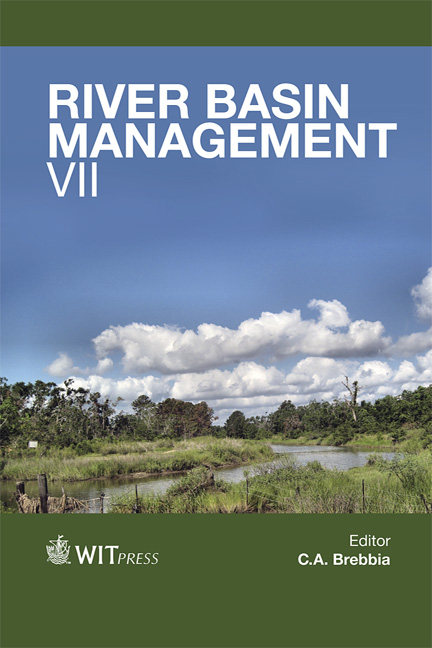Re-oligotrophication Of Tropical Water Reservoirs To Minimize Environmental Impact
Price
Free (open access)
Transaction
Volume
172
Pages
14
Page Range
313 - 326
Published
2013
Size
376 kb
Paper DOI
10.2495/RBM130261
Copyright
WIT Press
Author(s)
G. Gunkel1, F. Selge1 & M. do Carmo Sobral2
Abstract
The process of eutrophication has been recognized as a central problem in tropical reservoir environmental quality and sustainability, and some effects such as the mass development of macrophytes or algae, the occurrence of undesired species (e.g. cyanobacteria) and the emissions of methane as a greenhouse gas have been registered. Re-oligotrophication must be integrated into any reservoir and river basin management to minimize the environmental impact of dams. Up to now, only a little experience exists about eutrophication management of reservoirs, especially in the tropical zone, and nutrient cycling processes such as export from the watershed, remobilisation from the sediments and turn-over in the food web must be a focus of interest. Investigations were carried out in the semi-arid region of northeastern Brazil in the Itaparica reservoir, located in the São Francisco River, one of the largest rivers of South America. The potential for re-oligotrophication is evaluated in relation to the main contamination pathways such as export from the watershed (caatinga biome), land use in the watershed (irrigation agriculture), aquaculture in the reservoir, inflow by the São Francisco River, mineralization of inundated soils and vegetation, and leaching of the periodically desiccated littoral sediments. The critical export rate from the watershed is a useful tool to evaluate this contamination pathway. Concerning aquaculture, carrying capacity limits have been developed. Keywords: re-oligotrophication, water reservoirs, dams, semi-arid, São Francisco, Itaparica.
Keywords
Keywords: re-oligotrophication, water reservoirs, dams, semi-arid, São Francisco, Itaparica.





